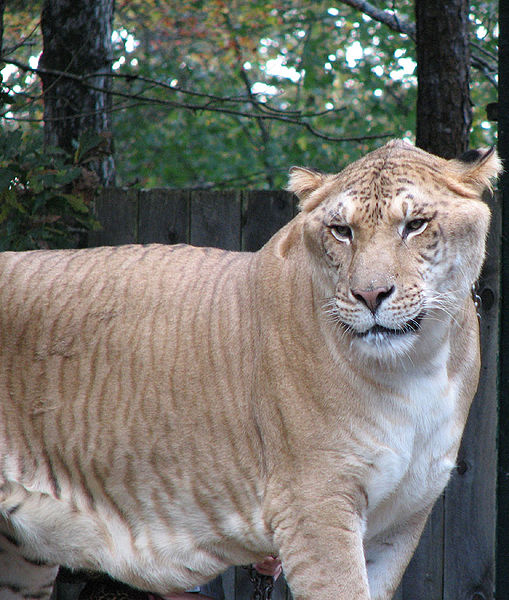In biological classification, subspecies is a rank below species, used for populations that live in different areas and vary in size, shape, or other physical characteristics (morphology), but that can successfully interbreed. Not all species have subspecies, but for those that do there must be at least two. Subspecies is abbreviated subsp. or ssp. and the singular and plural forms are the same.
Ceylon paradise flycatcher (Terpsiphone paradisi ceylonensis), an Indian paradise flycatcher subspecies native to Sri Lanka
African leopard (Panthera pardus pardus), the nominotypical (nominate) leopard subspecies native to Africa
Sunda Island tiger (P. tigris sondaica), a tiger subspecies native to the Sunda islands
The Indian rhinoceros (Rhinoceros unicornis) is a monotypic species.
In biology, a hybrid is the offspring resulting from combining the qualities of two organisms of different varieties, species or genera through sexual reproduction. Generally, it means that each cell has genetic material from two different organisms, whereas an individual where some cells are derived from a different organism is called a chimera. Hybrids are not always intermediates between their parents, but can show hybrid vigor, sometimes growing larger or taller than either parent. The concept of a hybrid is interpreted differently in animal and plant breeding, where there is interest in the individual parentage. In genetics, attention is focused on the numbers of chromosomes. In taxonomy, a key question is how closely related the parent species are.
A mule is a sterile hybrid of a male donkey and a female horse. Mules are smaller than horses but stronger than donkeys, making them useful as pack animals.
Liger, a lion/tiger hybrid bred in captivity
Oenothera lamarckiana is a permanent natural hybrid, studied intensively by the geneticist Hugo de Vries. Illustration by De Vries, 1913.
Hybrid between Lady Amherst's pheasant (Chrysolophus amherstiae) and another species, probably golden pheasant (Chrysolophus pictus)








